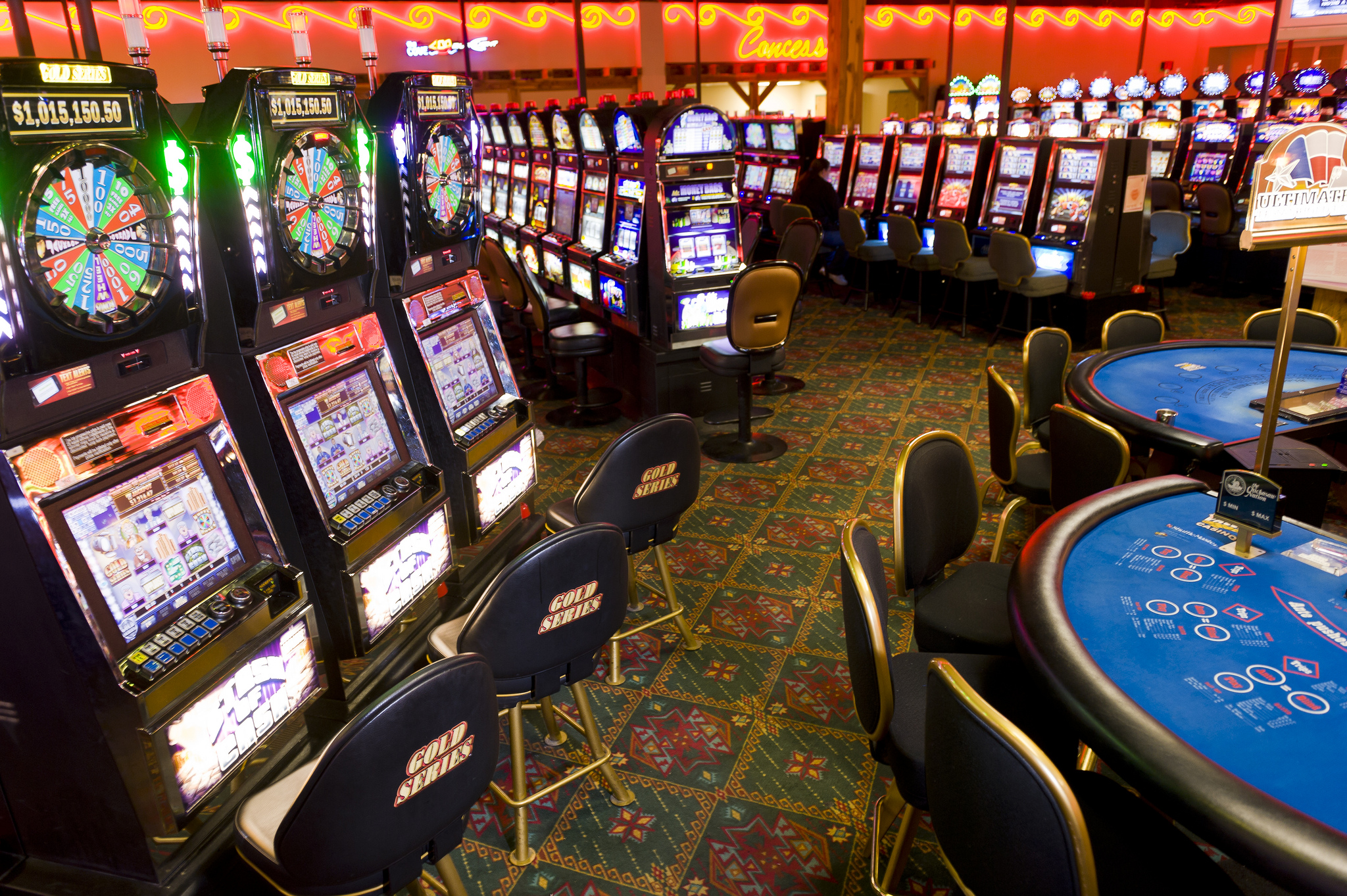Within the vibrant and thrilling world of casinos, wherein fortune and tactics intertwine, hues and aesthetic play a critical role in drawing in players. From the moment visitors step inside a casino or access a gaming platform, they are enveloped in a visual feast that captures their attention and entices them to discover further. Vivid colors, engaging graphics, and creative layouts are meticulously crafted to create an atmosphere of excitement and anticipation, ultimately enhancing the gaming encounter.
As gamblers navigate through the dynamic landscape of casino games, they encounter a range of designs that not only serve visual purposes but also influence feelings and decision-making. Colors like scarlet and gold symbolize riches and fortune, while calm navy and greens can create a much relaxed environment. Grasping how these elements function together enables casinos to create an inviting and stimulating atmosphere that encourages players to engage with the games, invest more time at the tables, and boost their general enjoyment.
The Psychology of Hue in Casino Games
Hue plays a key role in the development of gaming experiences, influencing players’ feelings and actions. Bright and striking shades, such as crimson and gold, are often used to incite thrill and capture attention. These shades create a sense of urgency and energy, encouraging participants to engage more enthusiastically with the experience. By intentionally selecting hues, developers aim to inspire feelings of satisfaction and anticipation, which can enhance the complete gaming experience.
Different shades also have psychological connotations that can impact how players perceive their chances of winning. For example, green is commonly associated with fortune and wealth, making it a frequent choice in games like the roulette wheel and poker games. This association can result participants to feel more positive and assured in their play, ultimately inspiring them to wager more. Grasping these connections allows game creators to craft environments that enhance player satisfaction and loyalty.
In addition, the interface of gaming interfaces often utilizes gradients and differing colors to direct players’ actions. For example, successful outcomes may be accentuated with vivid, contrasting shades, creating a visual reward. This approach reinforces favorable outcomes and promotes repeated participation. https://rr88e2.com/ By utilizing the psychology of color, gambling establishments can create games that not only draw gamblers but also hold them engaged and committed in their play experience.
Creative Features that Engage Players
The aesthetic appeal of gambling games is largely influenced by the implementation of bold colors. Lively and contrasting colors are deliberately chosen to create an appealing atmosphere that captures attention. For instance, crimson and golds often signify luck and prosperity, which is why they are common in the palettes of slot machines and table surfaces. These colors not only draw players in, but they also stir emotions related to thrill and expectation, enhancing the overall gaming experience.

In addition to color, the design and layout of gambling games play a significant role in player attraction. Games are designed to be intuitive, ensuring that players can quickly understand the rules and mechanics. User-friendly interfaces, along with captivating graphics and animations, help maintain gamer interest and encourage extended play sessions. The tactile elements, such as the texture of the controls and the audio of the games, also contribute to a comprehensive sensory experience that keeps players engaged.
In conclusion, thematic elements in game design can significantly influence gaming decisions. Many gambling games are inspired by popular culture, myths, or adventure themes, incorporating symbols and characters that connect with players. These themes create a sense of engagement and connection, making each game feel distinct. When players feel a connection to the theme, they are more likely to opt for that game over others, leading to higher participation and excitement within the casino environment.
Case Studies: Effective Casino Slot Designs
One noteworthy example of impressive casino game design is the popular slot machine series themed around popular movies. Games such as those based on the Wizard of Oz and Game of Thrones utilize dynamic colors and top-notch graphics to immerse players in familiar narratives. The use of moving visuals and engaging sound effects takes the attention of players, building an psychological connection to the theme. This approach not just fosters longer play but also enhances the overall gaming experience, resulting in increased player retention.
Another effective case is the use of the psychology of color in table games like blackjack and roulette. Casinos often develop these games with deep reds and greens, colors traditionally connected with luck and wealth. For instance, the green felt on a blackjack table provides a soothing effect, while the red accents in the wheel invite excitement. This thoughtful use of color helps to create an inviting atmosphere that stimulates players to join in, fulfilling their psychological impulses and enhancing their enjoyment.
Finally, social casino games that include social features and lively, lively designs have achieved remarkable success in engaging players. Games like Zynga’s Poker and Slot-O-Mania leverage striking colors and playful animations to create an inviting online environment. The addition of leaderboards, social sharing options, and in-game rewards fosters competition and community, pulling players in for longer sessions. Such designs not just make the games visually enticing but also underscore social connectivity, a vital factor in player retention and engagement within online casino environments.